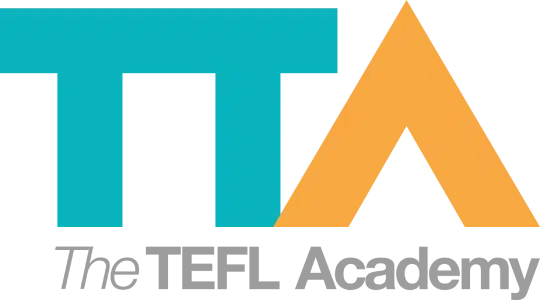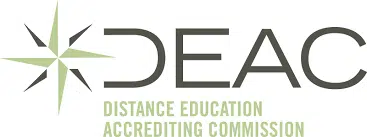How To Teach Collocations
Join a global community of over 200,000 TEFL teachers working throughout the world! Enrol me!
Collocations are tricky little members of the English language. There seems to be no logical explanation for their relationship. Consequently, they can be difficult to learn and learn how to use them effectively and appropriately. What’s more, the fact that there are so many of them means that EFL students can often be seen pulling their hair out in exasperation when they hear the term. This is why it’s important for EFL teachers to focus on collocations in the EFL classroom.
What is a collocation?
A collocation is two or more words which are used together. There is a fixed relationship between the words which cannot be changed. This relationship seems natural to native English speakers. As a result, collocations are prevalent in natural language.
Examples of collocations are:
- Make a phone call
- Do your homework
- Total disaster
- Strong coffee
- Deep sleep
- Heavy drinker
- Congratulate on
The theory behind teaching collocations
As you can imagine, teaching collocations involves learning by heart. There is no formula behind collocations; students must simply learn the combinations. However, the more the combinations are heard together, the more a learner’s brain will associate them together. Consequently, the more likely the learner is to remember them. In order to learn them, then, collocations need to be heard and/or spoken numerous times before this relationship will stick.
This, however, only refers to the linguistic elements of the collocation i.e. the words and pronunciation. Of course there needs to be an examination of the meaning and usage of the collocation to ensure your learners understand the collocation and know how to use the collocation appropriately. Activities which promote the memorisation of collocations can be utilised before or after a focus on meaning.
An activity
Arrange chairs in a circle – one chair per student and one for the teacher. Everyone sits on a chair. The teacher assigns a collocation to themselves and to each student. The student must remember their own collocation as well as the collocations of the other students.
The teacher is sitting in first place. The student to their left is sitting in last place. The teacher calls out her collocation and a student’s collocation. That student must call out their collocation and another student’s collocation without missing a beat. This continues until someone makes a mistake or takes too long to respond.
This student must then move to the chair in last place and the other students must move to the chairs on their left. They must now adopt the collocation of their new chair i.e. the collocations are assigned to the chairs and not the students.
The aim of the game is for the students to move to the chair in first place. When a new person moves into the chair in first place, they will then lead the activity until someone else takes their chair.
If the activity is done well, it is a fast-paced game which will result in the students saying the collocations so many times they will be saying them in their sleep!
Accreditation Partners
The TEFL Academy was the world’s first TEFL course provider to receive official recognition from government regulated awarding bodies in both the USA and UK. This means when you graduate you’ll hold a globally recognised Level 3 (120hr) Certificate or Level 5 (168hr) Diploma, meaning you can find work anywhere and apply for jobs immediately.
 United States
US
United States
US












